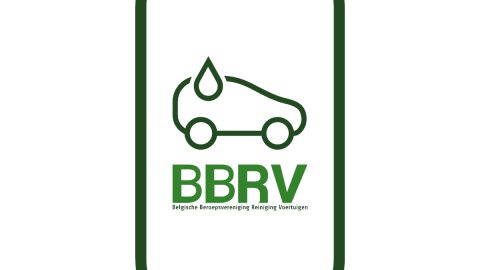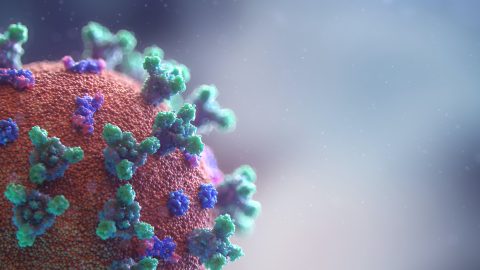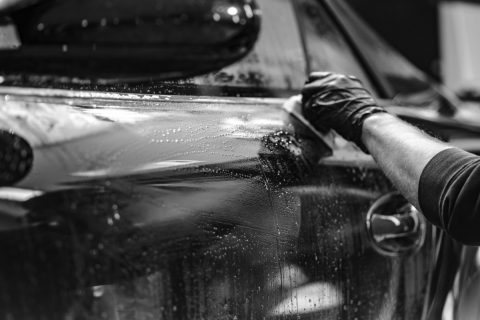Cleaning car interiors with UV-C technology

Dutch company Progress Europe is marketing a device that uses ultraviolet light to ‘eliminate’ more than 99 percent of viruses and bacteria. In particular, the UV-C Disinfection Device should make it easier for companies to prevent infections.
“UV-C technology in itself is not new. But its application in car interiors is,” says Harry Doornbos of Progress Europe, a company based in the Dutch town of Vaassen. “With ultraviolet UV-C light, bacteria and other microorganisms can be effectively tackled. The technology has been used for decades to intensively disinfect operating rooms and surgical instruments. We have now developed and designed a device for use in car interiors or actually any type of vehicle: the UV-C Disinfection lamp.”
Accountability
Cleaning and effectively disinfecting the interior of a vehicle has become increasingly important, according to Doornbos. “All the more so for (leased) cars and vehicles used by several people. But also for cab and bus companies and fleet managers, for example.
Corporate Social Responsibility (CSR) plays an important role. Keeping rising Covid-infections in mind, the government is putting more responsibility on companies to prevent contamination.” On average, the dirtiest places in the car host about 629 bacteria per square centimeter, according to research. “A car seat contains more bacteria than the average toilet seat, with possible consequences such as sick leave.”
15 minutes
The UV-C lamp is controlled by an app on the smartphone and can be connected to a 12V or 24V signal. The device turns itself off when the built-in radar detects movement in the car. The turn-on time depends on the size of the interior. “For a passenger and compact company car, you have to think of 15 minutes, while for a large cab of a truck it’s double,” Doornbos calculates. No drying time needs to be taken into account, “as is the case with alternative liquid solutions.”
Also read:



